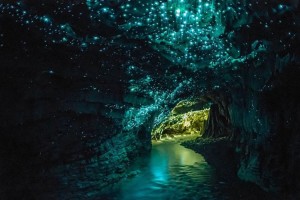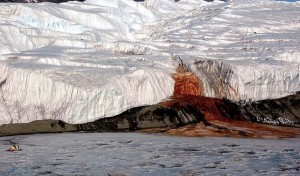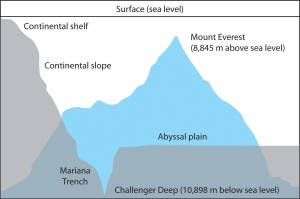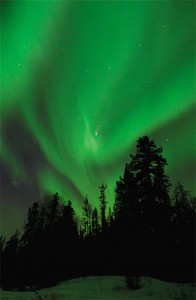So this this week’s place isn’t really a weird place, but it’s most definitely a spectacle and easily accessible to tourists. This week location is the Great Barrier Reef off the eastern coast of Australia. It is the world’s largest coral reef, and also the world’s largest living ecosystem at 3,000 kilometers, or about 1,800 miles. That’s the same area as Italy, Japan, Germany, and Malaysia (not combined, but that still pretty huge). It is composed of over 3,000 individual reef systems, 100 species of jellyfish, 3,000 species of mollusks, 500 species of worms, 1625 types of fish, 133 varieties of sharks and rays, and more than 30 species of whales and dolphins.
The Great Barrier Reef is thought to be the product of the Australian tectonic plate movement during the Cenozoic Eastern Australia experience a period of tectonic uplift, in addition to volcanic eruptions that created basalt flows. This caused the Coral Sea Basin to form and coral reefs began to grow. However, the water was too cool for coral to proliferate until about 25 million years ago. After years of unsuitable climate for reef growth, the earliest evidence of complete reef structures dates back about 600,000 years. At that point, sea level was 120 meters (or 390 feet) lower than it is today. As ocean level rose, coral built on each other to create the outstanding reef we see today. It is now composed of living coral growing off of dead coral that dates back almost 20 million years. The dead coral has gradually formed into a large wall of stone covered in the living coral, algae, anemones, sponges, fish, worms, starfish, turtles, mollusks, snakes, and crustaceans, with fish and marine mammals living off this lively cover.
It is believed that the Great Barrier Reef was first seen in 1522 by Portuguese explorers, potentially led by Cristovao de Mendonca. However, the reef was also recorded by Scandinavian explorer Willem Jansz in 1606, and also by Luis de Torres, who was actually the first Jewish American settler (shoutout to Idan, bet you didn’t know that piece of Jewish history). However, these glimpse were nothing compared to the exploration done today. Today’s researchers study the makeup of the reef, the species that inhabit the area, how they live and interact with each other, and whether or not the reef is susceptible to change.
Unfortunately, this beauty is in a lot of danger, caused by many environmental threats. Due to climate change, the northern parts of the reef are experiencing the worst cases of bleaching ever recorded. Bleaching occurs when the coral loses its color when the water gets too warm. According to Michael Slezak of The Guardian, a court case is set to begin next month; Great Barrier Reef vs. coalmine. The Australian Conservation Foundation will take the federal environment minister to the federal court to challenge his approval for the Indian company Adani to mine in Queensland. They are accusing the minister of failing to recognize the damage that burning coal will do to the reef. “If the ACF wins, and the mine’s approval is overturned, it would be the first time courts have ruled that the emissions released when coal from a development is burned are a relevant impact under the key piece of federal environmental legislation,” says Slezak.
The Great Barrier Reef is most definitely one of Earth’s greatest gifts, so it is essential for you adventurers to take advantage of its beauty now before it’s too late!










